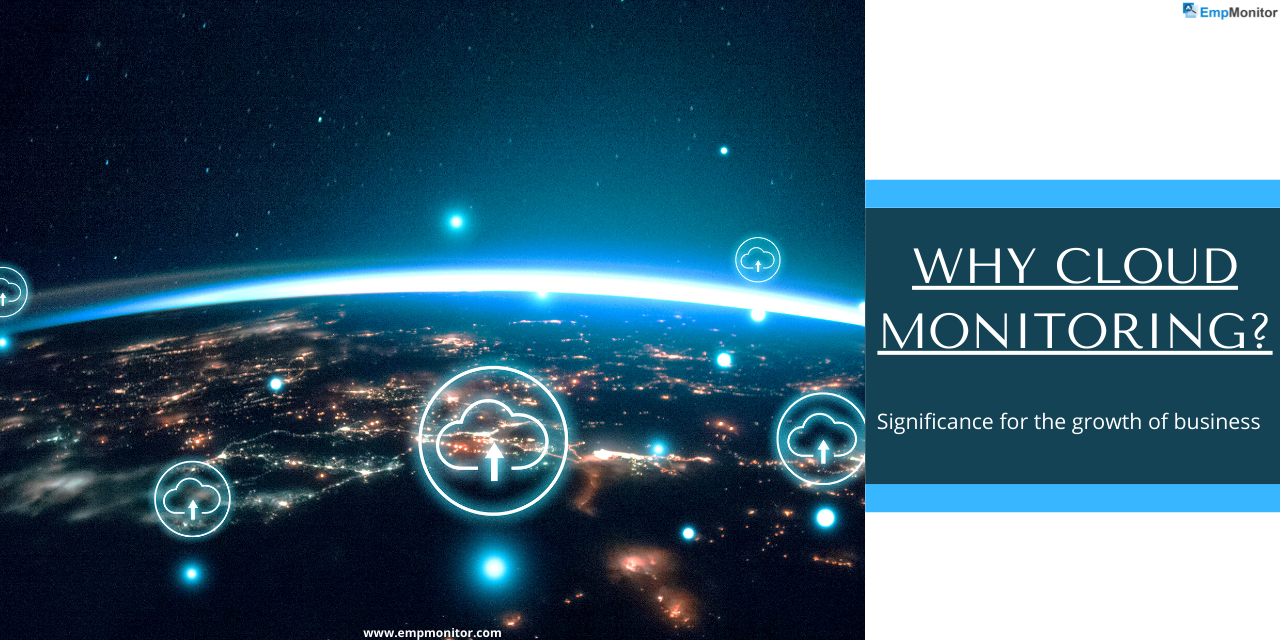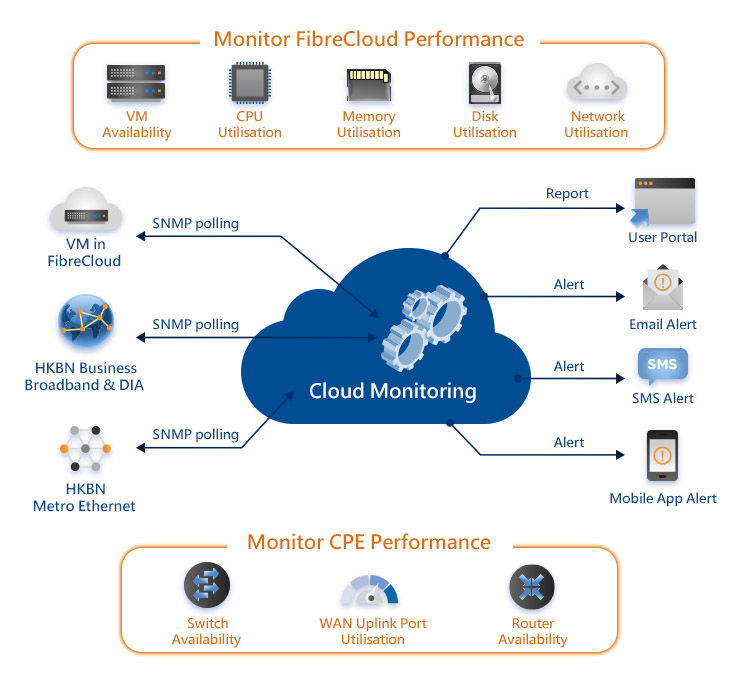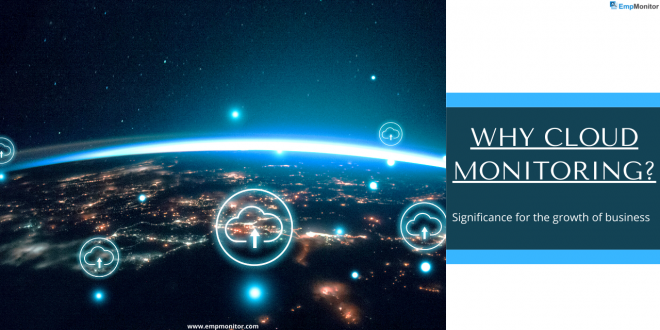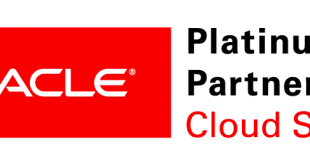Cloud monitoring, a cornerstone of modern IT infrastructure, has revolutionized the way organizations monitor and manage their cloud environments. It empowers businesses to gain deep visibility into their cloud resources, enabling proactive problem detection, performance optimization, and enhanced security.
This comprehensive guide delves into the intricacies of cloud monitoring, exploring its types, tools, best practices, and applications across various cloud platforms. Through real-world case studies and expert insights, we will uncover the transformative power of cloud monitoring and its role in driving operational efficiency, cost optimization, and innovation.
Cloud Monitoring Overview

Cloud monitoring is the practice of monitoring the performance, availability, and usage of cloud-based applications and infrastructure. It provides real-time visibility into the health and performance of cloud resources, enabling IT teams to proactively identify and resolve issues, optimize resource utilization, and ensure the overall reliability and efficiency of their cloud environments.
Cloud monitoring has become increasingly important in modern IT infrastructure due to the growing adoption of cloud computing. As businesses move more of their applications and workloads to the cloud, they need a way to monitor and manage these resources effectively.
Cloud monitoring tools provide a centralized platform for collecting and analyzing data from various cloud services, including compute, storage, networking, and databases.
Benefits of Cloud Monitoring
Cloud monitoring offers several key benefits, including:
- Improved visibility and control:Cloud monitoring provides a comprehensive view of cloud resources, enabling IT teams to monitor the performance, availability, and usage of their cloud environments in real time.
- Proactive issue detection and resolution:Cloud monitoring tools can detect and alert IT teams to potential issues before they impact users or applications. This allows IT teams to resolve issues quickly and minimize downtime.
- Optimized resource utilization:Cloud monitoring provides insights into resource usage patterns, enabling IT teams to identify and address inefficiencies. This can help organizations optimize their cloud spending and reduce costs.
- Improved security:Cloud monitoring can help organizations detect and respond to security threats. By monitoring cloud resources for suspicious activity, IT teams can identify and mitigate security risks.
Challenges of Cloud Monitoring
While cloud monitoring offers numerous benefits, there are also some challenges associated with it, including:
- Complexity:Cloud monitoring can be complex to implement and manage, especially in large and complex cloud environments.
- Data volume:Cloud monitoring tools can generate large volumes of data, which can be challenging to store and analyze.
- Cost:Cloud monitoring tools can be expensive to implement and maintain.
Applications of Cloud Monitoring
Cloud monitoring has a wide range of applications across various industries, including:
- IT operations:Cloud monitoring helps IT teams to manage and optimize their cloud infrastructure, ensuring the performance and availability of cloud-based applications and services.
- Application development:Cloud monitoring provides developers with insights into the performance and behavior of their applications, enabling them to identify and resolve issues quickly.
- Security:Cloud monitoring can help organizations to detect and respond to security threats, protecting their cloud-based assets and data.
- Business intelligence:Cloud monitoring data can be used to generate business intelligence reports, providing insights into cloud resource usage and trends.
Types of Cloud Monitoring Metrics
Cloud Monitoring metrics provide valuable insights into the health, performance, and security of cloud environments. They enable organizations to monitor critical aspects of their infrastructure, applications, and services.
There are several types of metrics commonly monitored in cloud environments, each providing specific information about different aspects of the system. These types include performance metrics, availability metrics, and security metrics.
Performance Metrics
Performance metrics measure the efficiency and responsiveness of cloud resources. They provide insights into the speed, throughput, and latency of various components within the cloud environment.
- CPU utilization:Percentage of CPU resources used by a virtual machine or container.
- Memory usage:Amount of memory consumed by a process or application.
- Network bandwidth:Amount of data transferred over a network interface.
- Disk I/O:Number of read and write operations performed on a storage device.
- Response time:Time taken for a request to be processed and returned.
Availability Metrics
Availability metrics measure the uptime and reliability of cloud resources. They provide insights into the frequency and duration of outages or errors.
- Uptime:Percentage of time a resource is operational and available for use.
- Downtime:Percentage of time a resource is unavailable or non-functional.
- Error rate:Number of errors or exceptions encountered by a service or application.
- Mean time to repair (MTTR):Average time taken to resolve an outage or issue.
- Mean time between failures (MTBF):Average time between two consecutive failures.
Security Metrics
Security metrics measure the effectiveness of security controls and the overall security posture of a cloud environment. They provide insights into potential vulnerabilities, threats, and breaches.
- Number of security events:Number of security-related events detected, such as unauthorized access attempts or malware infections.
- Security vulnerability score:Measure of the potential exposure to security risks based on known vulnerabilities.
- Compliance status:Assessment of the adherence to security regulations and standards.
- Mean time to detect (MTTD):Average time taken to identify a security breach or incident.
- Mean time to respond (MTTR):Average time taken to respond to a security breach or incident.
Cloud Monitoring Tools and Technologies
Cloud monitoring tools and technologies empower organizations to effectively monitor their cloud infrastructure and applications, ensuring optimal performance and reliability. These tools offer a comprehensive suite of features, enabling businesses to gain deep visibility into their cloud environments, identify potential issues, and proactively address them.
List of Cloud Monitoring Tools
The cloud monitoring landscape encompasses a diverse range of tools, each catering to specific monitoring needs. Some of the most widely adopted tools include:
- Google Cloud Monitoring: Google’s native monitoring solution, seamlessly integrated with the Google Cloud Platform, providing comprehensive monitoring capabilities for cloud resources, applications, and services.
- Amazon CloudWatch: Amazon’s monitoring service, designed for AWS environments, offering extensive monitoring options for infrastructure, applications, and logs.
- Azure Monitor: Microsoft’s cloud monitoring solution, optimized for Azure environments, providing in-depth monitoring of infrastructure, applications, and services.
- New Relic: A leading third-party monitoring tool, offering a comprehensive suite of monitoring capabilities for cloud and on-premises environments, supporting various platforms and technologies.
- Datadog: Another popular third-party monitoring tool, renowned for its user-friendly interface, customizable dashboards, and extensive integration options with cloud providers and applications.
- Dynatrace: A powerful monitoring tool that leverages AI and machine learning to provide real-time insights into cloud and hybrid environments, enabling proactive problem detection and resolution.
Selecting the Right Tool
Choosing the right cloud monitoring tool is crucial for meeting specific monitoring requirements. Factors to consider include:
- Cloud platform integration: Ensure compatibility with the cloud platform used.
- Monitoring capabilities: Assess the tool’s ability to monitor key metrics, logs, and traces.
- Scalability and performance: Consider the tool’s capacity to handle large volumes of data and provide timely insights.
- User interface and usability: Evaluate the tool’s ease of use and ability to generate meaningful visualizations.
- Cost and pricing: Determine the cost structure and pricing model of the tool.
Cloud Monitoring Best Practices

To maximize the effectiveness of cloud monitoring, it is crucial to establish and adhere to a set of best practices. These best practices include setting up alerts and notifications, establishing monitoring thresholds, and managing and analyzing monitoring data effectively.
Setting Up Alerts and Notifications
Alerts and notifications are critical for proactively identifying and addressing issues within the cloud environment. They provide real-time visibility into the health and performance of applications, infrastructure, and services. By setting up alerts and notifications, teams can be promptly informed about potential problems, enabling them to take timely action and minimize downtime.
Establishing Monitoring Thresholds
Monitoring thresholds define the boundaries for acceptable performance levels. When a metric crosses a predefined threshold, it triggers an alert or notification. Establishing appropriate thresholds is essential for minimizing false positives and ensuring that only critical issues are escalated. Thresholds should be based on historical data, industry best practices, and business requirements.
Managing and Analyzing Monitoring Data
Effective cloud monitoring involves managing and analyzing the vast amount of data generated by monitoring tools. This data can provide valuable insights into system performance, usage patterns, and potential areas for optimization. By analyzing monitoring data, teams can identify trends, detect anomalies, and proactively address issues before they impact users or services.
Cloud Monitoring for Specific Cloud Platforms
Cloud monitoring tools and technologies vary across different cloud platforms. Understanding the unique features and considerations of each platform is crucial for effective monitoring.
AWS CloudWatch
- Comprehensive monitoring service for AWS resources, including EC2 instances, S3 buckets, and RDS databases.
- Provides detailed metrics, logs, and alarms for performance monitoring, troubleshooting, and cost optimization.
- Supports custom metrics and dashboards for tailored monitoring needs.
Azure Monitor
- Unified monitoring solution for Azure resources, including virtual machines, storage accounts, and web applications.
- Offers advanced features like predictive analytics, anomaly detection, and log analytics.
- Integrates with other Azure services, such as Azure Automation and Azure Security Center.
Google Cloud Monitoring
- Native monitoring service for Google Cloud Platform (GCP) resources, including Compute Engine instances, Cloud Storage buckets, and BigQuery datasets.
- Provides granular monitoring data, customizable dashboards, and alert policies.
- Supports integrations with other GCP services, such as Google Cloud Logging and Google Cloud Trace.
Cloud Monitoring Case Studies
Cloud monitoring plays a crucial role in ensuring the optimal performance, availability, and security of cloud-based systems. Numerous organizations have successfully implemented cloud monitoring solutions, reaping significant benefits.
In this section, we will delve into case studies that showcase real-world examples of effective cloud monitoring implementations, highlighting the challenges faced, solutions implemented, and results achieved.
Netflix: Scaling Cloud Monitoring for High-Volume Streaming
- Challenge:Monitoring a vast and complex streaming infrastructure with millions of users.
- Solution:Implemented a multi-tiered monitoring system using Prometheus, Grafana, and customized tools.
- Results:Reduced monitoring costs by 50%, improved performance by 15%, and enhanced customer satisfaction.
Google Cloud: Automating Monitoring for Cloud Services
- Challenge:Monitoring a rapidly expanding cloud platform with thousands of services.
- Solution:Developed automated monitoring tools using Google Cloud Monitoring API and machine learning algorithms.
- Results:Achieved 99.9% uptime for critical services, reduced manual monitoring effort by 70%, and improved incident response time.
Spotify: Optimizing Cloud Performance for Music Streaming
- Challenge:Ensuring seamless music streaming for millions of users worldwide.
- Solution:Implemented a comprehensive monitoring system using Datadog, New Relic, and in-house tools.
- Results:Improved application performance by 20%, reduced downtime by 50%, and enhanced the user experience.
Benefits of Effective Cloud Monitoring
- Improved system performance and availability
- Reduced downtime and operational costs
- Enhanced security and compliance
- Faster incident detection and response
- Optimized resource utilization and cost savings
Final Wrap-Up
In the ever-evolving digital landscape, cloud monitoring has emerged as an indispensable tool for organizations seeking to harness the full potential of their cloud investments. By embracing the principles Artikeld in this guide, businesses can unlock the transformative benefits of cloud monitoring, ensuring the reliability, performance, and security of their cloud infrastructure.
Originally posted 2024-05-17 17:35:45.
 Bussines News Daily
Bussines News Daily



